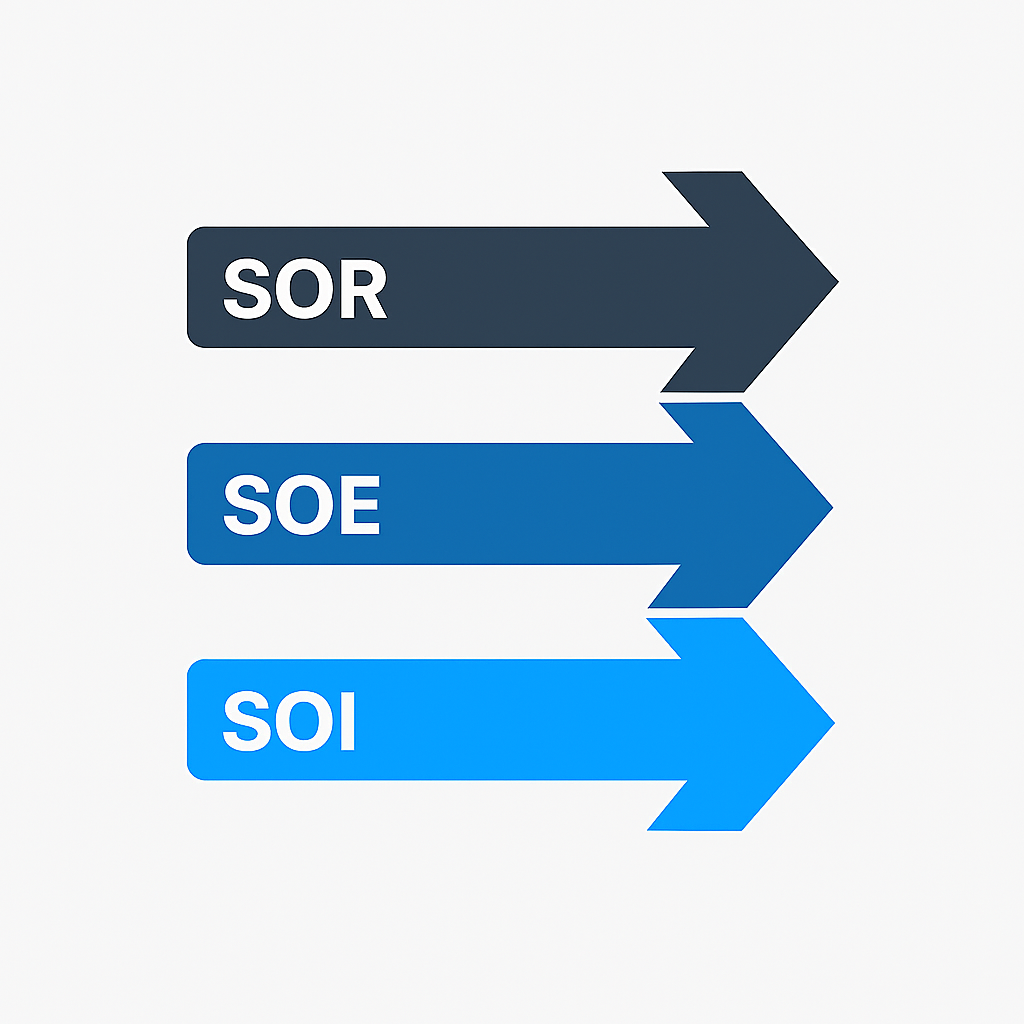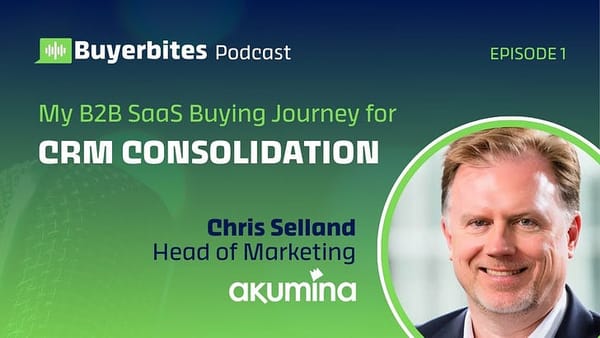No, AI Won't Kill Software
But it's rapidly disrupting it

Seeing lots of chatter about yesterday’s WSJ piece Software’s Death by AI Has Been Greatly Exaggerated
Yes “Software’s Death” is a great linkbait headline - and wildly exaggerated. Not just because, as the WSJ points out, software is a $1.2 trillion industry. But (much) more importantly, because customers are so dependent on it.
A very large percentage of software spend goes to what’s generally referred to as “Enterprise” Software - and in that world, Systems of Record (SOR) have long been untouchable. AI isn’t coming for the SOR roles - at least not yet. Compliance, integration depth, and trust in these incumbents run too deep. The SOR is still the fortress.
No large enterprise is going to replace their System of Record with an LLM and a Chatbot.
In a typical large enterprise Salesforce owns the customer SOR - it’s the CRM database of truth. Workday is the employee SOR - it’s the single source for HR data. SAP is the operational SOR - it underpins operations and supply chains with immutable records.
But step outside that fortress wall, into the System of Engagement (SOE) and System of Insight (SOI) layers — and the battle lines are shifting fast. This is where the disruption is taking place.
- SOEs are where users live: the tools they open every morning, the interfaces they rely on to prospect, resolve cases, or launch campaigns.
- SOIs are where decisions are made: analytics dashboards, forecasts, and recommendations that guide what happens next.
AI‑native startups aren’t asking permission to replace these experiences — they’re simply building better ones.
As an example, Salesforce may remain in place, but these days reps spend their day inside Gong, Salesloft or Cresta. Marketers run outbound through Regie.ai or AmpleMarket. Forecasts update in Clari based on live conversations, not manual CRM entries.
For customer service, Ada and Forethought handle triage and resolution within their own AI‑powered interfaces, passing only final updates back to the SOR.
In this model, Salesforce becomes the SOR in the background, silently recording reality, while the AI platform becomes the place where work happens — and where users perceive value.
And here’s the kicker: budget flows follow perceived value.
If executives see productivity, accuracy, and revenue lift happening in an AI‑driven SOE/SOI, that’s where investment shifts. The SOR may still be indispensable, but it becomes part of the plumbing — critical but commoditized.
And of course users are getting comfortable with conversational, AI‑driven, chatbot‑style UIs. Instead of clicking through dozens of Salesforce screens, reps type or speak natural‑language requests — “Show me Q3 deals at risk over $50k” — and get instant, contextual answers. Once that interaction pattern feels natural, the brand delivering the answer, not the underlying SOR, owns the relationship.
The takeaway: Incumbents aren’t losing their crown jewels yet, but they’re already losing the hearts, minds, and budgets of the people who use their systems every day.
This reality isn’t lost on the incumbents — it’s exactly why you’re seeing Matthew McConaughey and Woody Harrelson in all of those AgentForce commercials. Salesforce isn’t just selling brand; they’re staking their claim in the very battleground where this shift will be won or lost.
In the AI era, front‑of‑house beats back‑office — and that’s where the future of software will be decided - and budgets spent.




